The Spiciest Map of India : 10 GI-Tagged Spices You Need to Try Now!
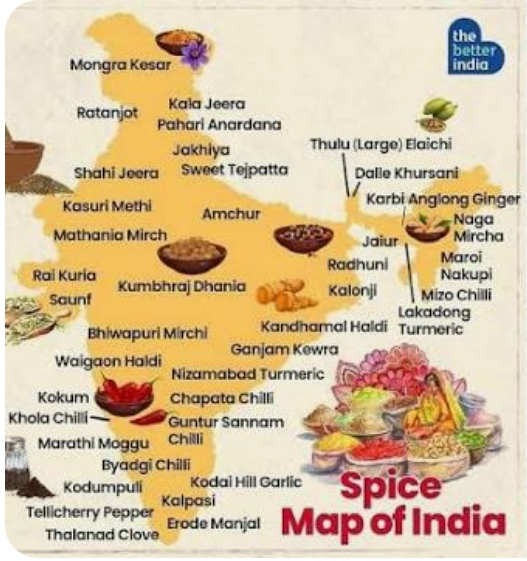
There is a unique language in India spoken by all. Although not counted among the 22 official languages of India or the 19,500 dialects, this is a language that transcends communal differences, cultural diversity or even national boundaries.
An invisible unifying link is the language of food.
From the curious crunch to the mesmerising ‘mmmm’, this ancient language has survived through aeons, helping people truly communicate.
A medley of delicious syllables, at the heart of this language lies a complex concoction of condiments, also known as spices.
Used whole, powdered, roasted, dried or soaked, a mere sprinkle of spices, that encapsulates a sea of flavours within them, helps refine the language with every bite or slurp. Every region of the country cradles a secret mix of local spices that enhances their cuisine.
Bengal’s shukto is one such culinary extraordinaire which employs a combination of unique local spices to elevate the gastronomic experience. A food that bears a whiff of nostalgia, shukto is a subtle vegetable and lentil dumpling curry that is incomplete without a loving sprinkle of paanch phoron – a five spice melange that consists of fenugreek (methi), cumin (jeera), radhuni, black cumin or kalonji (nigella) and fennel (saunf). It is the addition of a Bengal spice called radhuni that makes this dish unique and timeless.
It is through the addition, substitution or subtraction of certain spices that similar foods cooked in two different regions can taste completely different. For instance, the sambhar cooked in Karnataka and Kerala is substantially different from the one cooked in Tamil Nadu.
Beyond the usual, turmeric, cumin, coriander, mustard and cinnamon, here are 10 unique spices from all across India that have the potential to transform any mundane dish into a magical experience.
Karbi Anglong Ginger
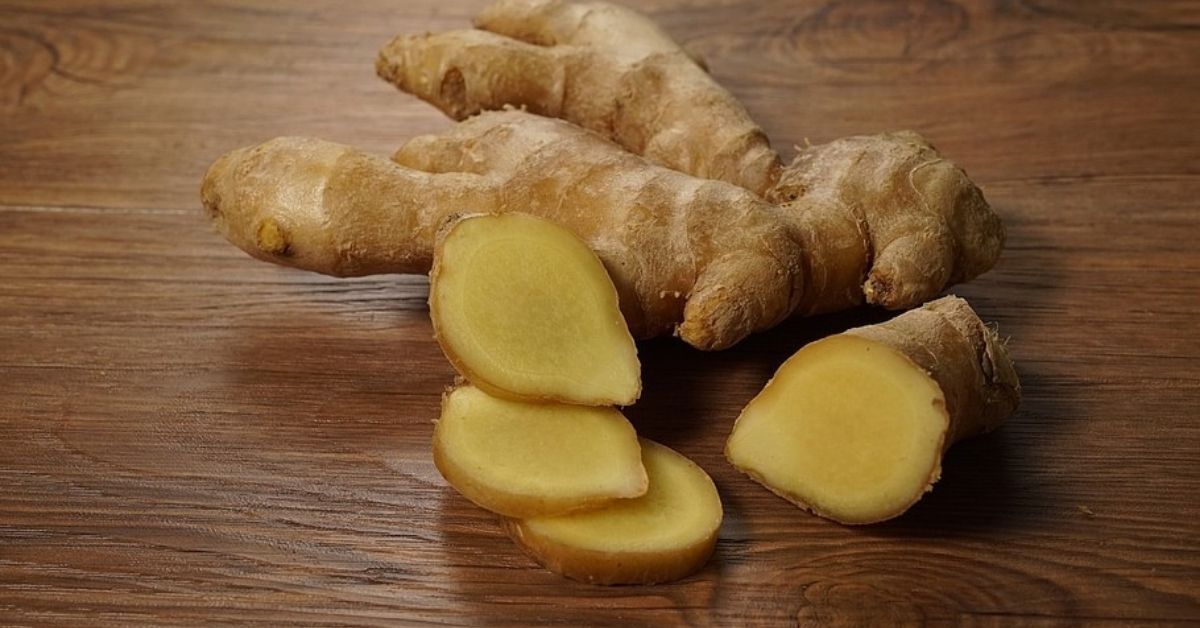
Grown in the picturesque hills of Karbi Anglong in Assam, this organic ginger is quite popular in the region. It comes in two varieties – Nadia, which is high in fibre, and Aizol, which is smoother and less fibrous. Known to have many medicinal properties, this organic ginger is used in regional cuisine and also found prominence in several European kitchens.
Naga Morich or Mircha

Native to Northeast India and parts of Bangladesh, this extremely spicy chilli is a cousin to the Bhut Jolokia or Ghost Chilli, and is known to be one of the hottest naturally occurring chilli peppers in the world. However, despite the heat, it also boasts a unique flavour that consists of smoky, woody, sweet and tart undertones, making it a perfect condiment for a barbeque.
Uttarakhand Tejpatta

Also known as ‘Pahadi tejpatta’, it is grown at a height of 1,000 to 2,200 metres, in the hilly regions of Uttarakhand. Slightly different from the usual bay leaf used in Indian households, this one is used for the subtle sweet flavour it adds to foods and is extremely popular both in national and international kitchens.
Waigaon Haldi

Hailing from the eponymous small village in Maharashtra, this organic variety called ‘Waigaon Haldi’ is known for its supreme medicinal properties. Its higher quality is also defined by the powdering process, which is different from the normal pulverisation process used for other varieties of turmeric. Instead, locals use an indigenous pounding machine called ‘Kandap yantra’ to powder the spice, ensuring its flavour and unique properties are intact.
Guntur Sannam Chilli

Pride and joy of Andhra Pradesh’s heat-prominent cuisine, this variety of chilli called Guntur Sannam has a unique tangy flavour complimenting the heat. It is grown in several districts of Andhra Pradesh and Telangana and is used to flavour curries as well as wet and dry pickles.
Malabar Pepper
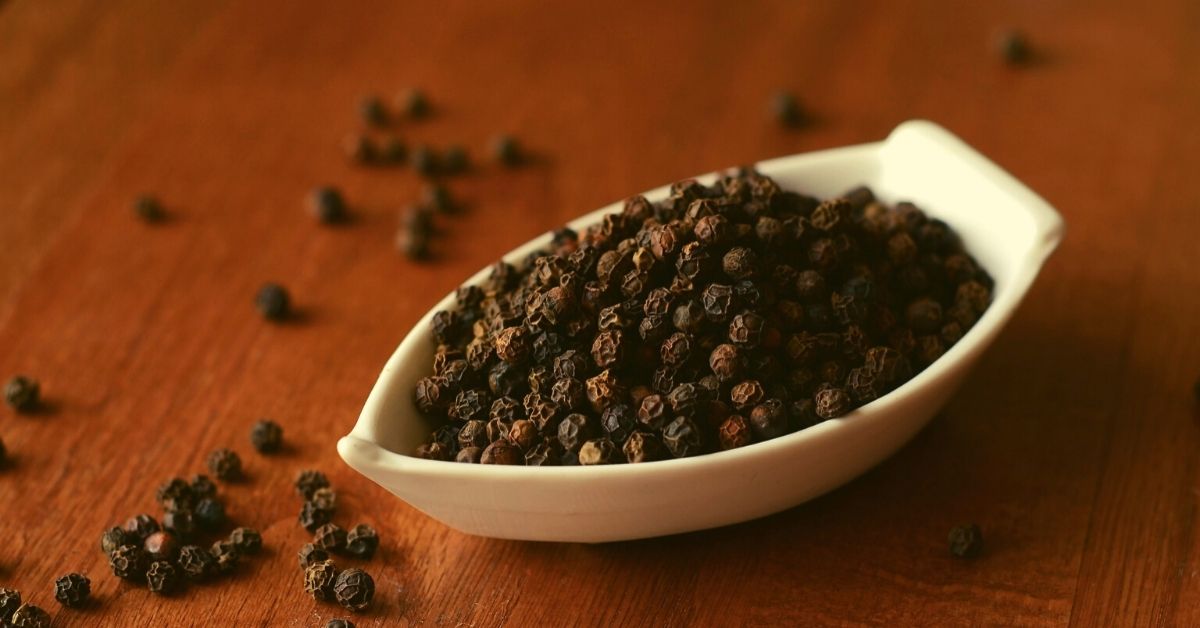
Originating in the Malabar region of the erstwhile Madras Presidency, this black pepper variety was known to be a sought-after spice, especially by ancient Roman and Arab traders and later the Europeans. Now grown in Kerala, this comes in two grades – garbled, which has a black wrinkled surface, and ungarbled with a wrinkled but dark brown to black surface.
Lakadong Turmeric
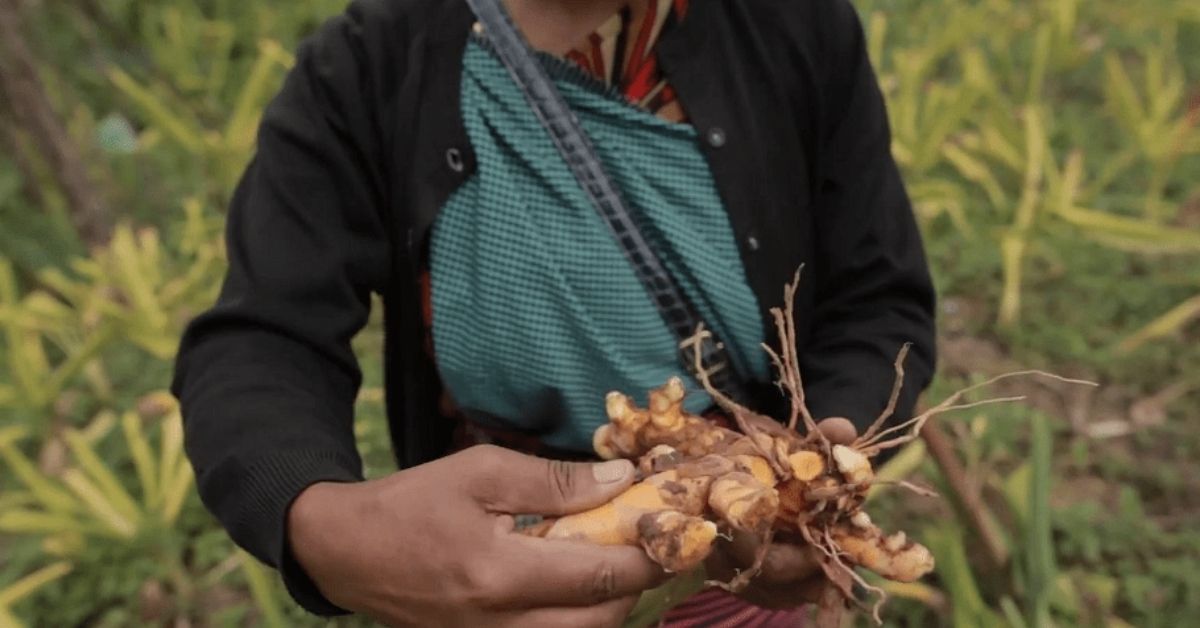
Cultivation of Lakadong turmeric in the foothills of Jaintia Hills in Meghalaya led to a silent revolution that positively impacted the lives of hundreds of local farmers. An indigenous variety today, this turmeric is known as one of the world’s finest for its high curcumin content (over 7%), which bestows it with antioxidant and anti-inflammatory properties. It adds a bright yellow hue to food and gives it an earthy flavour. Lakadong turmeric is now being used in several national and international gourmet cuisines as well.
Himachal Kala Jeera

Originally found as a wild plant in the mountainous forests of North-Western Himalayas, Himachal Kala Jeera is cultivated as a cash crop today due to its increasing demand. Known for its higher concentration of volatile oils that lend to its medicinal properties, this variety of black cumin is comparatively darker and sweeter than the others. When lightly roasted, this spice can enhance any regular curry.
Erode Turmeric
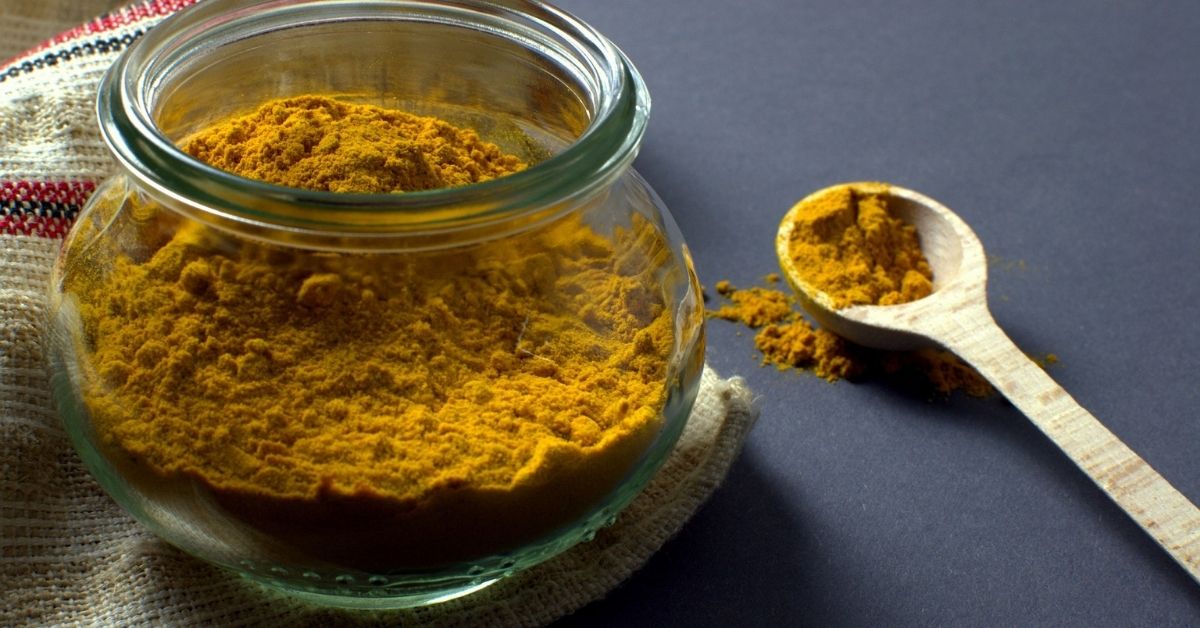
Sourced from Erode district of Tamil Nadu, this is another variety of turmeric that is highly sought-after in international markets. Used in gourmet kitchens, this turmeric variety has 2.5 to 4.5 per cent curcumin content, making it very valuable with respect to its medicinal properties.
Kashmir Saffron
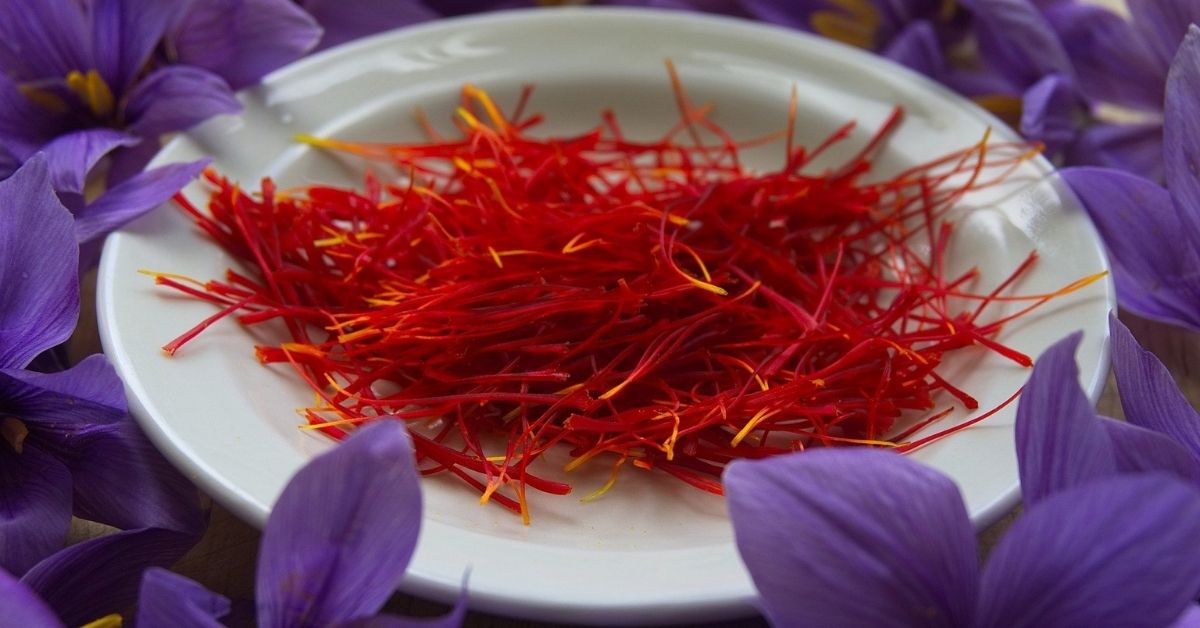
Globally known as ‘red gold spice’, the Kashmir Saffron is considered one of the world’s most expensive spices. Tracing back to the Persians who brought this magical spice to India from Iran, this crimson spice is now used in sophisticated delicacies like Biryani or Qormas, and is revered for the golden colour and pungent aromatic flavour it lends to the food.




